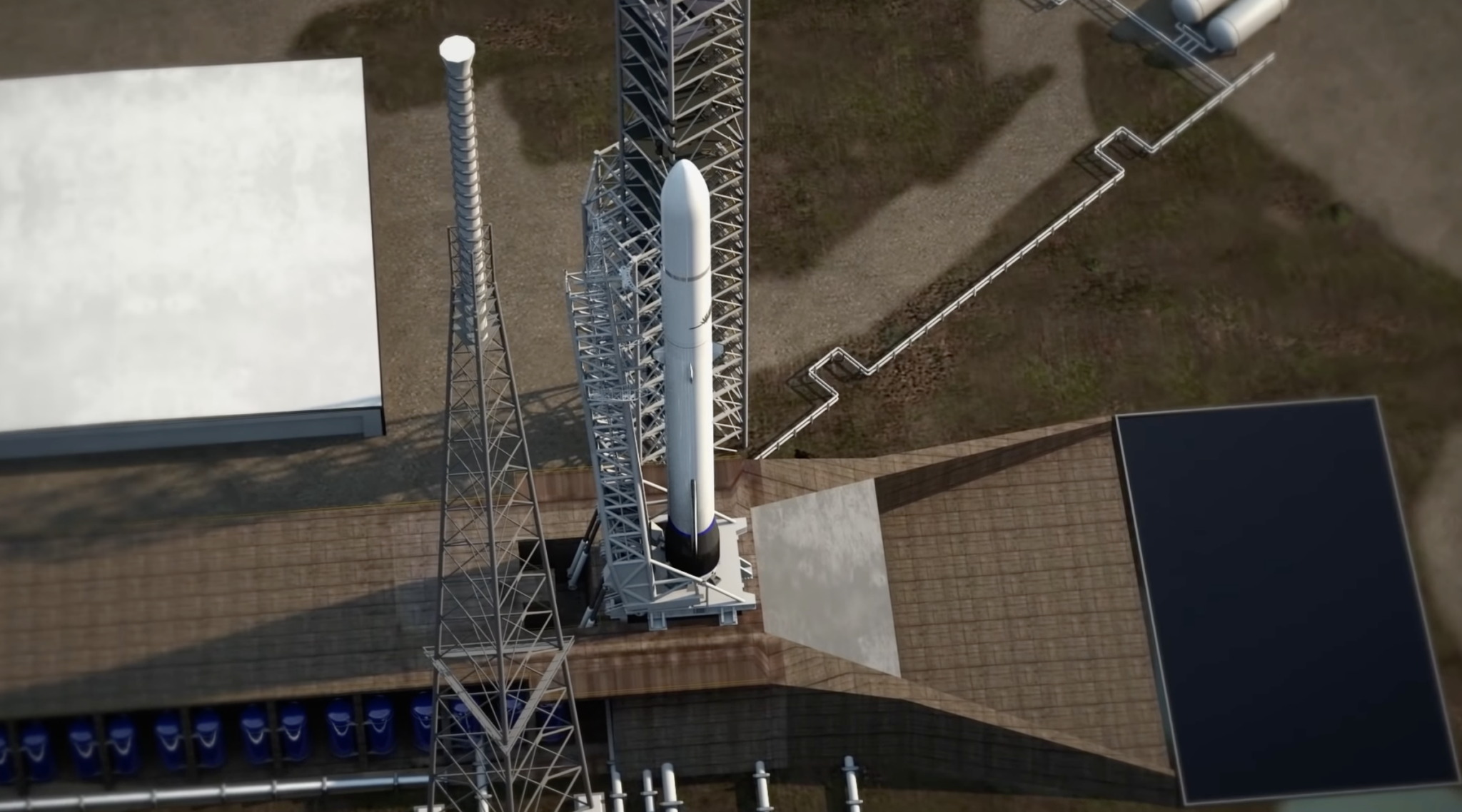22.11.2023

Rendering of Blue Origin’s New Glenn heavylift rocket. Credit: Blue Origin
WASHINGTON — NASA expects that a Mars smallsat mission will be on the first launch of Blue Origin’s New Glenn launch vehicle within a year, although with some risk about whether the rocket will be ready in time.
NASA selected Blue Origin in February to launch the Escape and Plasma Acceleration and Dynamics Explorers (ESCAPADE) mission, a pair of smallsats that will study the interaction of the solar wind with the magnetosphere of Mars. The contract value was not initially announced but later disclosed in a federal procurement database to be $20 million.
Neither Blue Origin nor NASA disclosed exactly where in the manifest of New Glenn launches ESCAPADE would take place. “It will be an early New Glenn mission and we’re going to be ready,” one Blue Origin executive, Ariane Cornell, said at the Satellite 2023 conference in March.
At a Nov. 20 meeting of the NASA Advisory Council’s human exploration and operations committee, Bradley Smith, director of NASA’s Launch Services Office, said he was “incredibly excited” about the ESCAPADE launch, which he said was scheduled for about one year. His charts, though, and past presentations, listed an August 2024 launch for ESCAPADE.
“It’s an incredibly ambitious first launch for New Glenn and we really appreciate the partnership,” he said.
Later in the committee meeting, he confirmed that NASA expected ESCAPADE to be on the inaugural New Glenn launch. “We will very likely be the very first launch of New Glenn,” he said.
That is acceptable, Smith said, since ESCAPADE is what NASA characterizes as a “class D” mission with a higher tolerance for risk. “We’re willing to take a little bit of risk with a price tag and a mission assurance model that reflects that risk.”
Besides the inherent technical risks in the first launch of a new rocket, there are also schedule risks. New Glenn development is years behind the original schedule Blue Origin put forward. The company has not provided recent updates about progress towards a first launch of the rocket, although Jarrett Jones, senior vice president for New Glenn at Blue Origin, said at World Satellite Business Week in September that the first flight vehicle would arrive at a Florida integration facility by the end of the year, with the company planning “multiple” launches of New Glenn in 2024.
“There’s certainly some schedule risk associated with New Glenn getting to the pad,” Smith said, noting he has seen Blue Origin’s schedule for the vehicle but did not disclose details about it. He declined to “put a percentage out there” on the odds the launch will happen on schedule.
One challenge Smith identified is the contracting approach used for ESCAPADE. NASA selected Blue Origin using a contract vehicle called Venture-Class Acquisition of Dedicated and Rideshare (VADR), intended to provide low-cost launch services for smallsats without the overhead and insight that other launch contracts, such as NASA Launch Services (NLS) 2, offer NASA for larger missions.
“Frankly, we just don’t have the insight that we would have under NLS 2. If this was a mission under our baseline contract, we would have all the contract deliverables to tell you exactly when we were going to go fly,” he said. With VADR, “your confidence in making a call to your customer about when you’re ready to go fly is a little bit diminished, to be quite honest.”
Quelle: SN
